How to Smoke St. Louis Ribs Perfectly: Step-by-Step Guide
Smoking St. Louis ribs to perfection requires precise temperature control, proper preparation, and patience. Follow these key steps for fall-off-the-bone ribs every time:
- Trim excess fat and remove the membrane for better seasoning penetration.
- Apply a dry rub and let rest for at least 30 minutes.
- Smoke at 225°F–250°F for 5–6 hours until internal temperature reaches 190°F–203°F.
- Rest for 10–20 minutes before serving to retain juices.
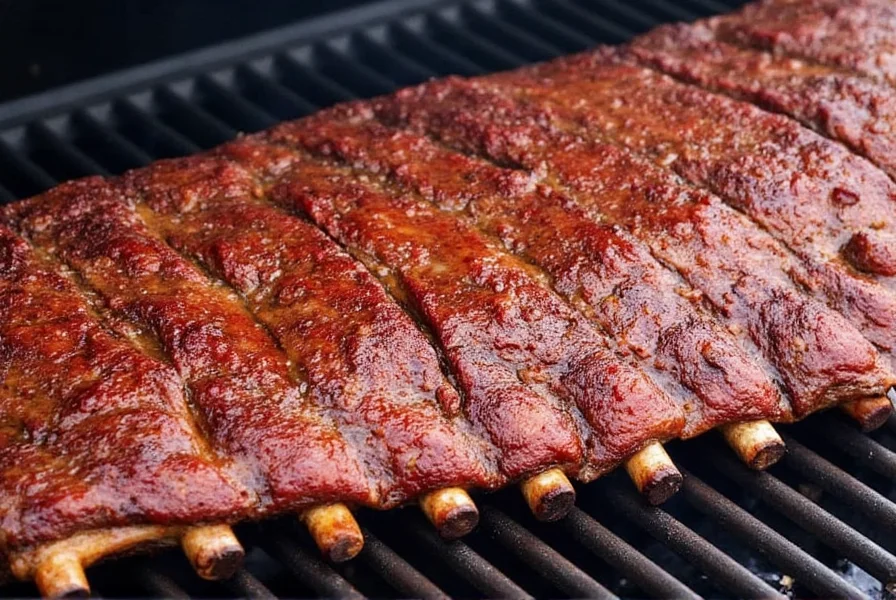
St. Louis ribs are a culinary icon known for their meaty texture and ideal fat-to-meat ratio. Compared to baby back ribs, St. Louis cuts offer more flavor and a more forgiving cooking process. According to the USDA Food Safety and Inspection Service, pork should reach a minimum internal temperature of 145°F for safety, but for ribs, a higher temperature of 190°F–203°F is recommended for tenderness and to break down collagen. Whether you're a weekend warrior or a competitive pitmaster, nailing the smoke on St. Louis ribs can take your barbecue game to the next level.
Why Smoke St. Louis Ribs?
Smoking is the preferred method for preparing St. Louis ribs because it allows low-and-slow heat to break down connective tissues and render fat without drying out the meat. This process not only tenderizes the ribs but also infuses them with that classic smoky aroma we all crave.
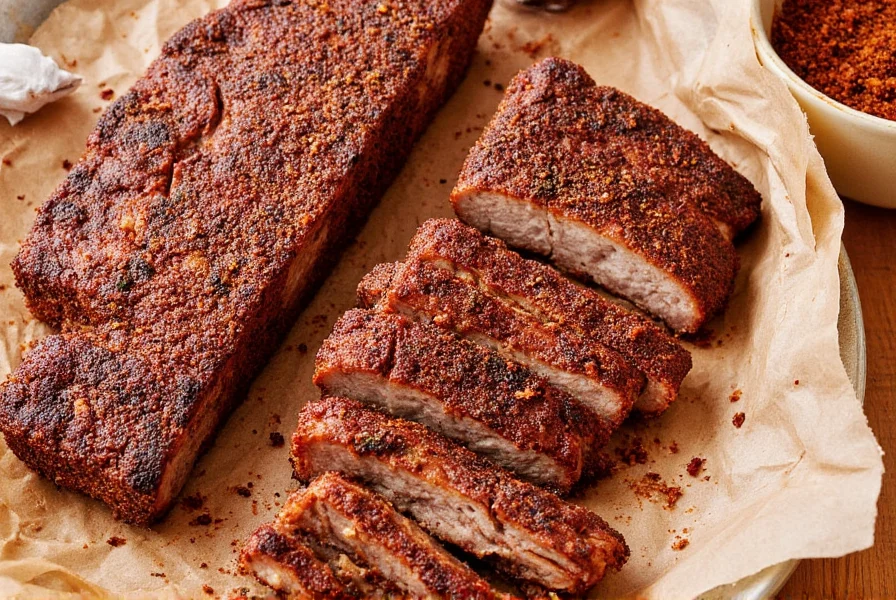
Here's why smoking beats other methods:
- Deep Flavor Penetration: Smoke carries aromatic compounds that bond with the surface of the meat.
- Tenderization: Slow heat breaks collagen into gelatin, giving ribs that fall-off-the-bone feel.
- Controlled Cooking: A good smoker gives you precise temperature control, reducing guesswork.
Prepping the Ribs: From Trimming to Rubs
The foundation of great smoked ribs starts long before the fire. Let's walk through how to prepare St. Louis ribs like a pro.
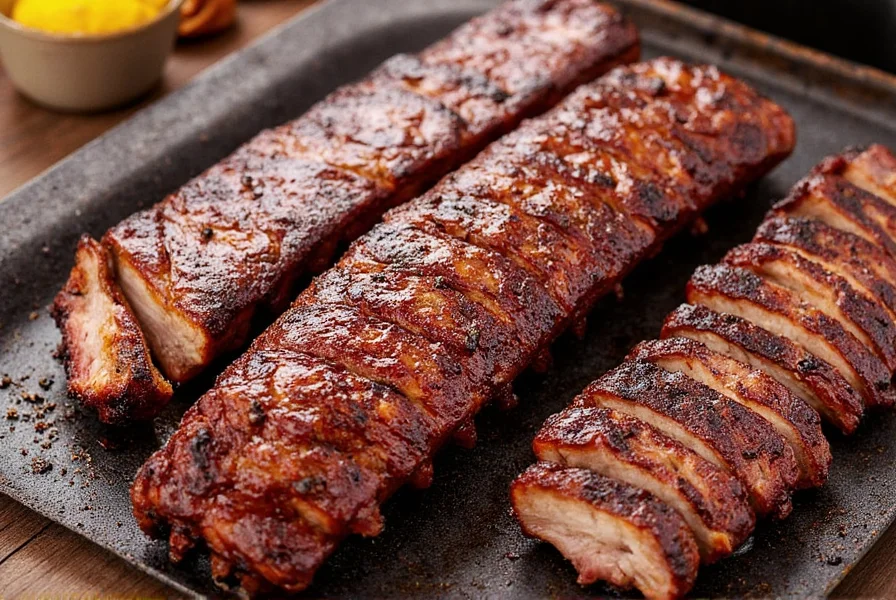
Step 1: Trim Excess Fat
While some fat adds flavor, too much can prevent the rub from adhering and create an oily bite. Remove large flaps of fat from the top and side of the rack.
Step 2: Remove the Membrane
The silver membrane on the bone side can become tough and chewy when cooked. Use a butter knife or paper towel to grab and peel it off completely.
Step 3: Apply the Rub
A classic dry rub includes brown sugar, paprika, garlic powder, onion powder, chili powder, salt, and pepper. For extra kick, add cayenne or mustard powder. Rub both sides thoroughly and let rest for at least 30 minutes before smoking.
| Rub Ingredient | Flavor Role | Suggested Amount per Rack |
|---|---|---|
| Brown Sugar | Creates crust and balances spices | 2 tbsp |
| Paprika | Color and mild earthiness | 1 tbsp |
| Greek or Kosher Salt | Seasoning and moisture extraction | 1 tsp |
| Black Pepper | Pungency and depth | ½ tsp |
| Garlic Powder | Umami base | 1 tsp |
Smoker Setup Tips for Perfect Ribs
Your smoker setup determines whether your ribs turn out juicy or dry. Here's how to get it right every time.
Temperature Control
Maintain a steady temperature between 225°F and 250°F. Too hot and the fat won't render properly; too cool and you risk overcooking the meat.
Choosing Your Wood
Wood choice matters. Try these combinations:
- Hickory: Strong, bacon-like flavor (great for bold profiles)
- Oak: Balanced and versatile (ideal for first-timers)
- Cherry: Sweet and fruity (perfect for a subtle edge)
- Mesquite: Intense — use sparingly!
Avoid Over-Smoking
Too much smoke can overpower the meat. Aim for a thin stream of blue smoke rather than thick white clouds.
Cooking Time & Temperature Guidelines
Time and patience are your best friends when smoking St. Louis ribs. There's no shortcut to true barbecue flavor.
How Long Do They Take?
At 225°F, plan for approximately 5–6 hours of smoking. If your smoker runs closer to 250°F, you might be done in 4–5 hours.
Internal Temp Check
Use a digital thermometer to check internal doneness:
- 190°F–203°F: Optimal range for tender, juicy ribs
Visual Cues
- Bones pull away slightly from the meat
- Meat looks caramelized and glossy
- Easily bends when lifted by one end
To Wrap or Not to Wrap: That Is the Question
This debate has divided pitmasters for decades. Both techniques work well depending on your desired outcome.
Wrapping (Texas Crutch)
Using foil or butcher paper helps accelerate tenderness by trapping moisture and steam. Ideal if you're pressed for time or dealing with a tight schedule.
Pro Tip: Add a splash of apple juice, butter, or honey inside the wrap for extra moisture and flavor.
Unwrapped
If you prefer a crispier bark and deeper smoke ring, skip wrapping altogether. Just monitor your temps closely and rotate the ribs occasionally for even cooking.
The Resting Phase: Why It's Crucial
Resting allows juices to redistribute throughout the meat, ensuring each bite stays moist and flavorful. Don't rush this step!
- Time: Let ribs rest for 10–20 minutes
- Method: Loosely cover with foil or place in a cooler for insulation
- Result: Juicier, cleaner slices and better flavor retention
Buying Guide: Best Smokers for St. Louis Ribs
Whether you're a beginner or upgrading your gear, here are top-rated smokers tailored for smoking St. Louis ribs.
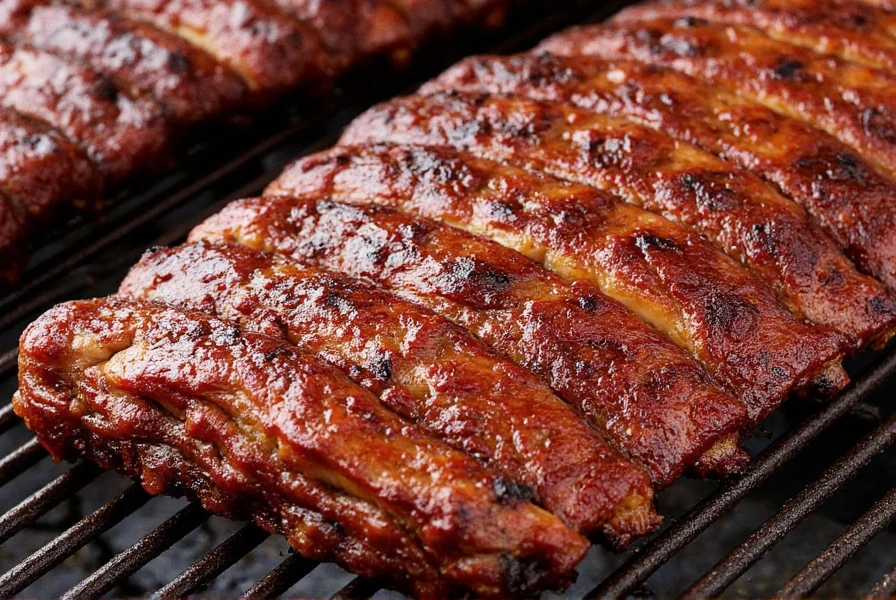
| Smoker Model | Type | Key Features | Best For | Price Range |
|---|---|---|---|---|
| Char-Griller Akorn 40 | Offset Pellet/Wood Smoker | Adjustable air vents, porcelain-coated steel, excellent heat retention | Enthusiasts who want versatility and performance | $600–$700 |
| Weber Smokey Mountain 18.5-Inch | Vertical Water Smoker | Water pan maintains humidity, durable construction | Beginners and traditionalists | $350–$400 |
| Dyna-Glo DGN10SHP | Electric Smoker | Digital controls, adjustable racks, easy cleanup | Urban dwellers and apartment users | $250–$300 |
| Masterbuilt 20071115 Bluetooth Digital Electric Smoker | Smart Electric Smoker | Bluetooth app control, internal thermometer | High-tech lovers and precision cooks | $300–$350 |
| Bradley Smoker BS611G | Automatic Wood Pellet Smoker | Auto-feeder, consistent temp control, compact design | Low-effort smoking with rich wood flavors | $700–$800 |
Frequently Asked Questions About Smoking St. Louis Ribs
How long should I smoke St. Louis ribs?
At a steady temperature of 225°F, plan for approximately 5-6 hours of smoking time. If your smoker runs closer to 250°F, you might be done in 4-5 hours. The actual time can vary based on your specific smoker, ambient temperature, and the size of the rib rack.
What's the ideal temperature for smoking St. Louis ribs?
The ideal smoking temperature for St. Louis ribs is between 225°F and 250°F. This low-and-slow approach allows the connective tissues to break down properly while rendering the fat without drying out the meat.
Should I wrap St. Louis ribs when smoking?
This depends on your preference. Wrapping (the Texas Crutch method) helps accelerate tenderness by trapping moisture and can shorten cooking time. Unwrapped ribs develop a crispier bark and deeper smoke ring. Many pitmasters wrap after 3-4 hours to get the benefits of both approaches.
How do I know when St. Louis ribs are done?
Ribs are done when they reach an internal temperature of 190°F-203°F. Visual cues include bones pulling away slightly from the meat, a caramelized and glossy appearance, and the ability to bend easily when lifted by one end. The meat should be tender but not falling completely off the bone.
What's the difference between St. Louis ribs and baby back ribs?
St. Louis ribs are cut from the belly section after spare ribs are removed, resulting in a more rectangular, uniform shape with more fat and connective tissue. Baby back ribs come from higher on the hog near the spine, are smaller, leaner, and cook faster. St. Louis ribs typically offer more flavor but require longer cooking.
Do I need to remove the membrane from St. Louis ribs?
Yes, it's recommended to remove the silver membrane on the bone side of St. Louis ribs. This membrane can become tough and chewy when cooked, creating an unpleasant texture. Removing it also allows rubs and smoke to penetrate more effectively.
What's the best wood for smoking St. Louis ribs?
Hickory provides a strong, bacon-like flavor that pairs well with pork ribs. Oak offers a more balanced, versatile smoke that's great for beginners. Cherry adds a subtle sweetness that complements the meat's natural flavors. Many pitmasters use a combination of woods for more complex flavor profiles.
How should I store leftover smoked ribs?
Cool the ribs to room temperature, then store in an airtight container in the refrigerator for 3-4 days. For longer storage, wrap portions tightly in foil and freezer-safe bags for up to 3 months. Reheat gently in a 250°F oven or smoker to maintain moisture and texture.
Final Thoughts on Smoking St. Louis Ribs
Smoking St. Louis ribs is more than just a backyard activity — it's an art form that rewards patience, technique, and a little bit of passion. With the right prep, a solid smoker, and some basic seasoning knowledge, you can produce restaurant-quality results at home.
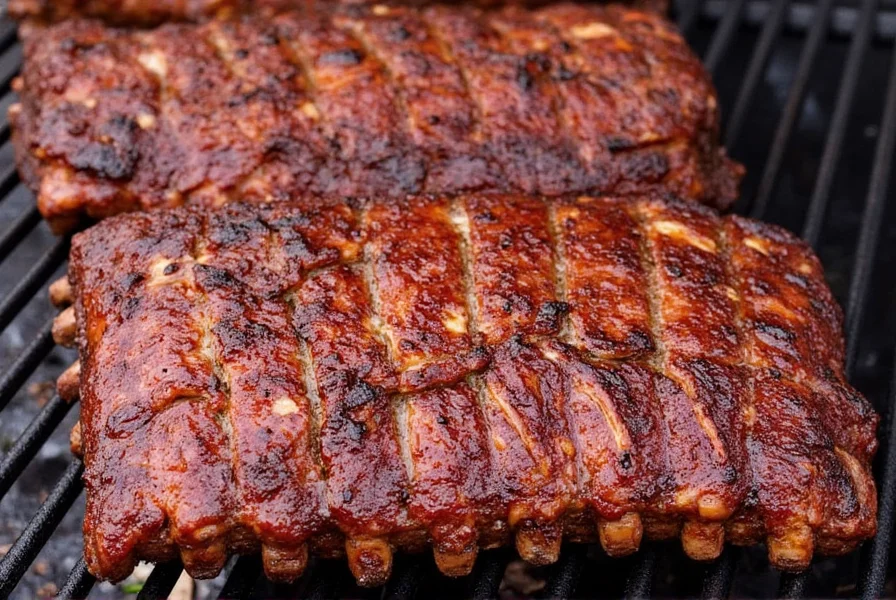
Remember: there's no single "right way" to smoke ribs. Whether you go wrapped or naked, hickory or cherry wood, the goal is always the same — flavor-packed, fall-off-the-bone perfection. So fire up that smoker, grab a rack of ribs, and make magic happen!










 浙公网安备
33010002000092号
浙公网安备
33010002000092号 浙B2-20120091-4
浙B2-20120091-4